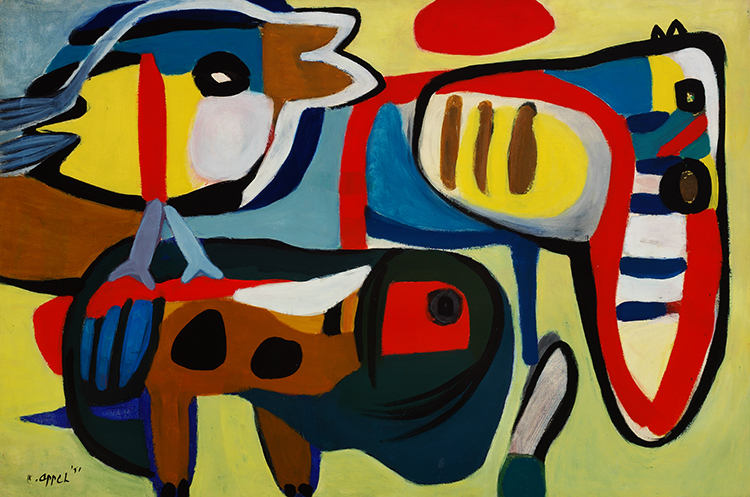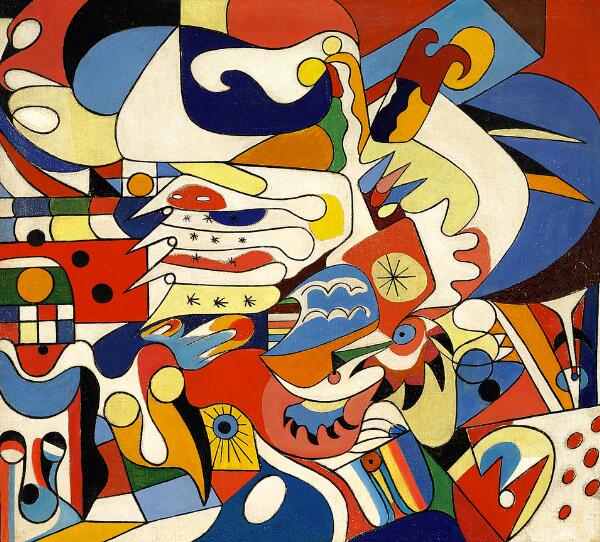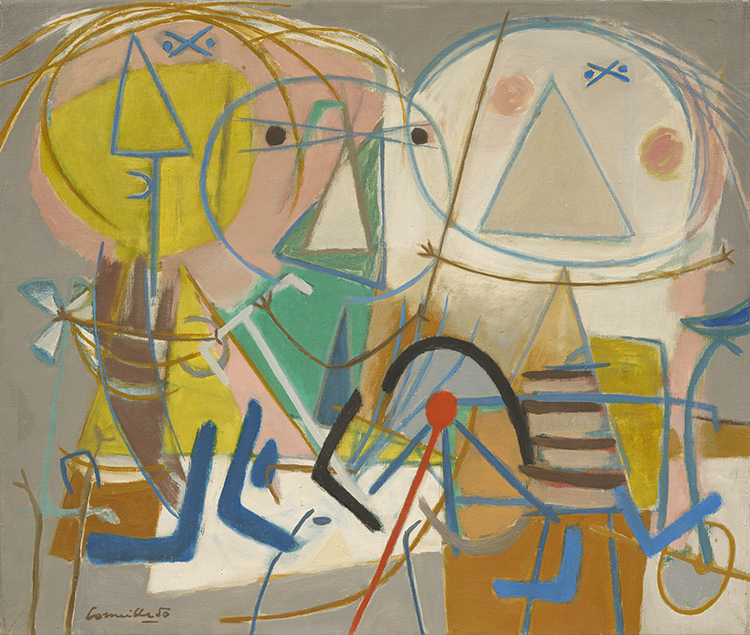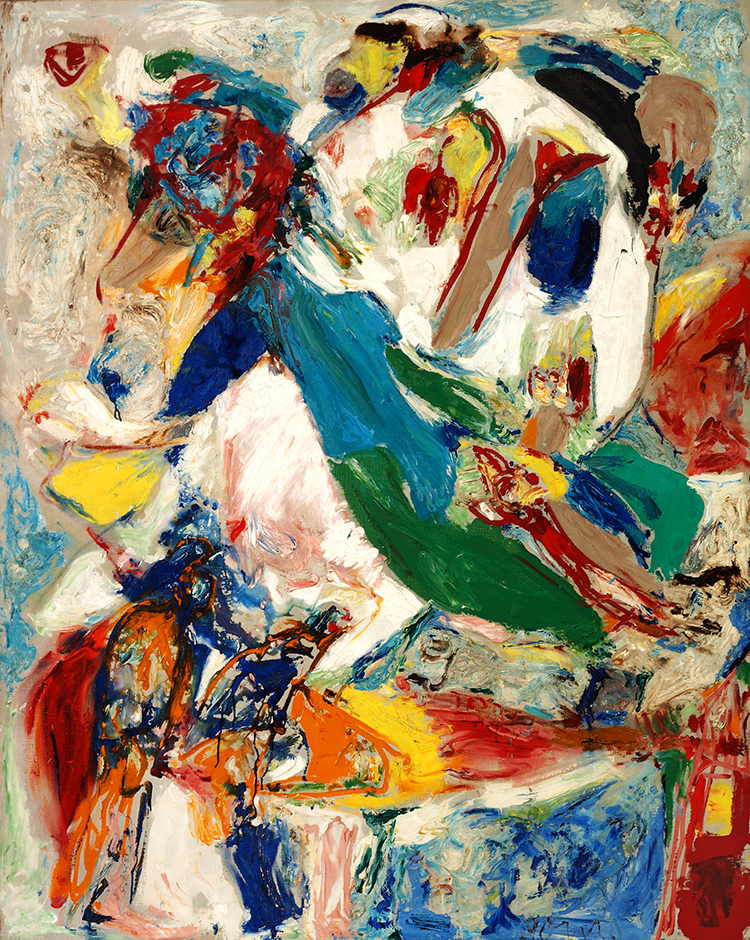CoBrA: An artistic revolution under the hammer
The CoBrA movement broke the boundaries of conventional artistic perception in post-war Europe. With their spontaneous, colorful, and experimental approach, artists like Asger Jorn, Karel Appel, and Corneille have left a lasting mark on art history—and on our auctions.
At Bruun Rasmussen, we have been among the leading experts in CoBrA art for decades. We have handled, evaluated, and sold some of the most significant works from the movement, contributing to the modern auction history within this field.
Over the years, we have had the honor of presenting some of the most important CoBrA works on the market and continue to be a hub for museums, collectors, and investors interested in the movement’s expressive style.
CoBrA under the hammer – a tradition at Bruun Rasmussen
We continuously seek out and present CoBrA artworks at our three annual Live Auctions, where a strong selection from this groundbreaking art movement is always featured. In addition, we regularly host special themed auctions with curated collections, highlighting unique works and their historical significance.
If you wish to immerse yourself in the world of CoBrA, you can also follow our weekly Online Auctions, where we showcase works by the movement’s most prominent figures.

Meet our experts – internationally and digitally
Our experts are always available for evaluations and discussions about the development of CoBrA art and market trends. Throughout the year, we host various events both in Denmark and abroad, where we share insights into some of the most spectacular works coming up for auction. More information will follow.
Please remember, you can always receive a free and non-binding valuation of your works through our online valuation service.

CoBrA 1948-51
The two auctions will highlight the creativity, community, spontaneity and experimental approach to art that represent the core ideas of CoBrA. The movement was established in 1948 by a group of artists of different nationalities. After the horrors of the two world wars, CoBrA's ideology emerged as a desire to reform society, transcend conventions and create a better world for humanity to thrive in. Art was considered a means to this change. All previously held truths had to be broken down in the attempt to create a new kind of art.
CoBrA was thus born out of a desire to break down existing structures in society. The artists wanted to start afresh, and all previously established truths therefore had to be questioned to create a universal idiom that could help unite post-war Europe. They did away with the perception of the artist as an isolated genius – the artist should instead be an active part of society and create art that could influence people to move in a new and better direction. By its very nature, CoBrA was therefore critically and politically engaged.
|
|
Why sell your CoBrA artwork with us?
• Market-leading expertise: Our specialists have in-depth knowledge of the CoBrA movement and understand market preferences down to the finest detail. • Global network: We have a strong network of international collectors and investors actively seeking the best CoBrA artworks. • Proven top prices: Year after year, we have secured some of the highest hammer prices for CoBrA works, with demand remaining strong. |
|
|
|
|
For further information, please contact:
|
|
Niels RabenNiels RabenHead Senior Specialist / Modern & Contemporary Art / Bruun Rasmussen Auctioneers / Denmark |
|
|
Ditte Herborg KroghDitte Herborg KroghInternational Representative |



